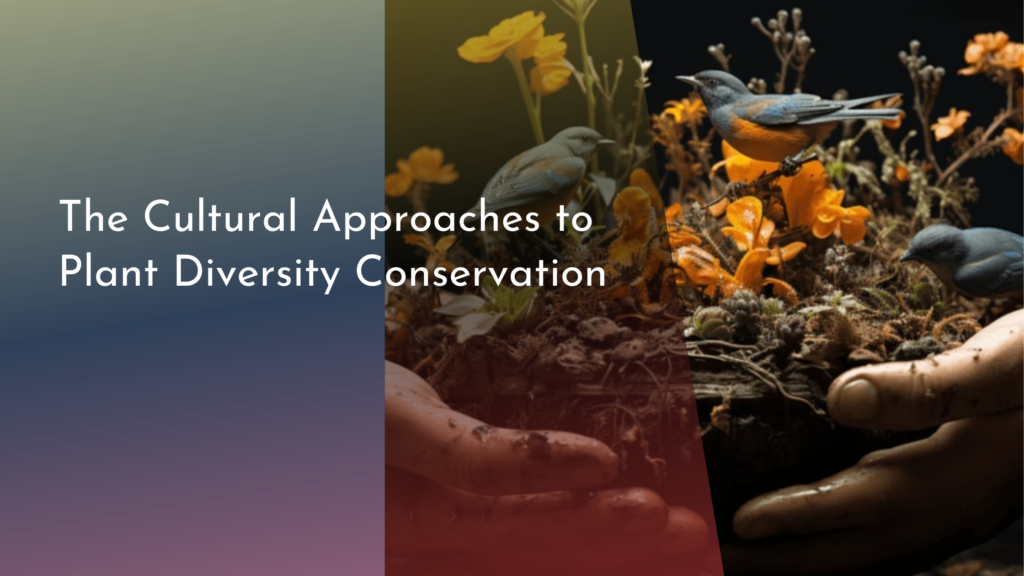How to Make Backyard Habitats Wildlife-Friendly
Creating a wildlife-friendly backyard is a delightful way to connect with nature and promote biodiversity. By making a few intentional choices in your outdoor space, you can provide shelter, food, and water to various local species. Not only does this enrich your environment, but it also fosters an appreciation for the small wonders of the natural world. Let’s explore some simple yet effective ways to transform your backyard into a haven for birds, insects, and other critters.
Create Cozy Spaces for Birds and Small Critters
To attract birds and small wildlife, it’s vital to create cozy areas where they can feel safe and secure. Start by incorporating elements such as birdhouses, nesting boxes, and brush piles. Birdhouses can be purchased or built using untreated wood and should be placed in sheltered locations to protect against predators. Small wildlife, like rabbits and hedgehogs, appreciate dense vegetation and natural shelters, such as piles of leaves or logs. These cozy spaces serve as resting spots and breeding grounds for various species, making your yard a bustling little ecosystem.
Another excellent way to create cozy spaces is by adding a variety of habitats within your yard. Consider installing a rock garden, which can provide sunny basking spots for reptiles and insects. Additionally, leaving some areas of your yard unmown can create wildflower patches and shelter for ground-nesting birds. With different habitats available, you’ll likely attract a wider array of wildlife, each contributing to the vibrancy of your backyard.
Choose Native Plants to Attract Local Wildlife
Selecting native plants is crucial for creating a wildlife-friendly backyard. Native species are well adapted to your local climate and soil, and they provide essential food sources for local wildlife. Flowers, shrubs, and trees that are indigenous to your region can offer nectar for bees, seeds for birds, and foliage for caterpillars. By planting a diverse mix of native flora, you’ll create a lush landscape that invites various pollinators and wildlife to visit.
In addition to supporting local species, native plants require less water and maintenance than non-native varieties, making them an eco-friendly choice. Grouping plants with similar needs together can help create microhabitats, ensuring that each species thrives. As more wildlife is drawn to your backyard, you’ll enjoy watching the vibrant interactions among them, creating a living tapestry of nature right outside your door.
Water Sources: The Key to a Thriving Habitat
Water is essential for all living creatures, and providing a fresh water source can significantly enhance your backyard habitat. Consider adding a small birdbath, pond, or a simple water dish to your outdoor space. Birdbaths should be shallow, with rough surfaces to help birds perch and drink safely. Remember to change the water regularly to keep it clean and inviting. A pond, even a small one, can support various wildlife, including frogs and dragonflies, while also offering a stunning focal point for your yard.
If you’re feeling adventurous, try creating a rain garden to capture runoff and provide a natural water source for your backyard critters. This eco-friendly feature not only helps manage water but also attracts a host of wildlife. By incorporating water sources into your habitat, you’ll be providing a vital resource that helps sustain local fauna all year round, making your yard a lively ecosystem.
Simple Practices to Keep Your Yard Eco-Friendly
There are several simple practices you can adopt to maintain an eco-friendly yard while promoting wildlife health. First, consider reducing or eliminating the use of chemical pesticides and fertilizers. These substances can harm beneficial insects and disrupt local ecosystems. Instead, opt for organic alternatives and allow natural predators to help manage pest populations. By creating a balanced environment, you’ll encourage the presence of helpful insects, such as ladybugs and lacewings, which can naturally control pests in your garden.
Another effective practice is to maintain a compost pile to recycle kitchen scraps and yard waste. Composting enriches your soil and promotes healthy plant growth, creating a self-sustaining ecosystem in your garden. You can also leave fallen leaves and grass clippings in your yard, as they provide habitats for insects and nutrients for the soil. By implementing these eco-friendly practices, you contribute to a healthier environment for both local wildlife and your backyard.
Transforming your backyard into a wildlife-friendly habitat is an enjoyable journey that yields numerous benefits for both nature and yourself. By creating cozy spaces, selecting native plants, providing water sources, and adopting eco-friendly practices, you’ll not only attract a variety of wildlife but also foster a deeper connection to the natural world. So grab your gardening gloves and get started—your backyard is waiting to become a vibrant sanctuary for all its inhabitants!

